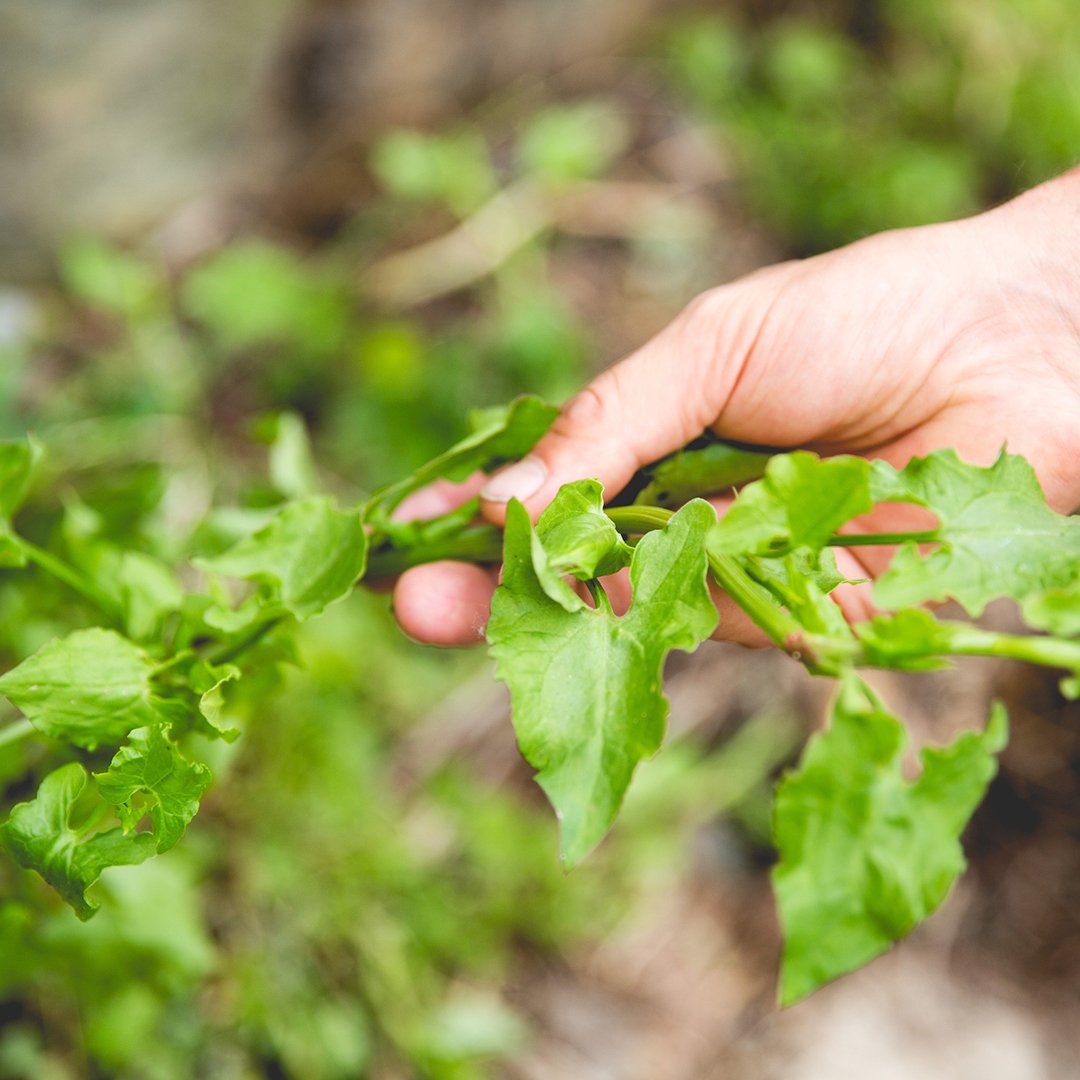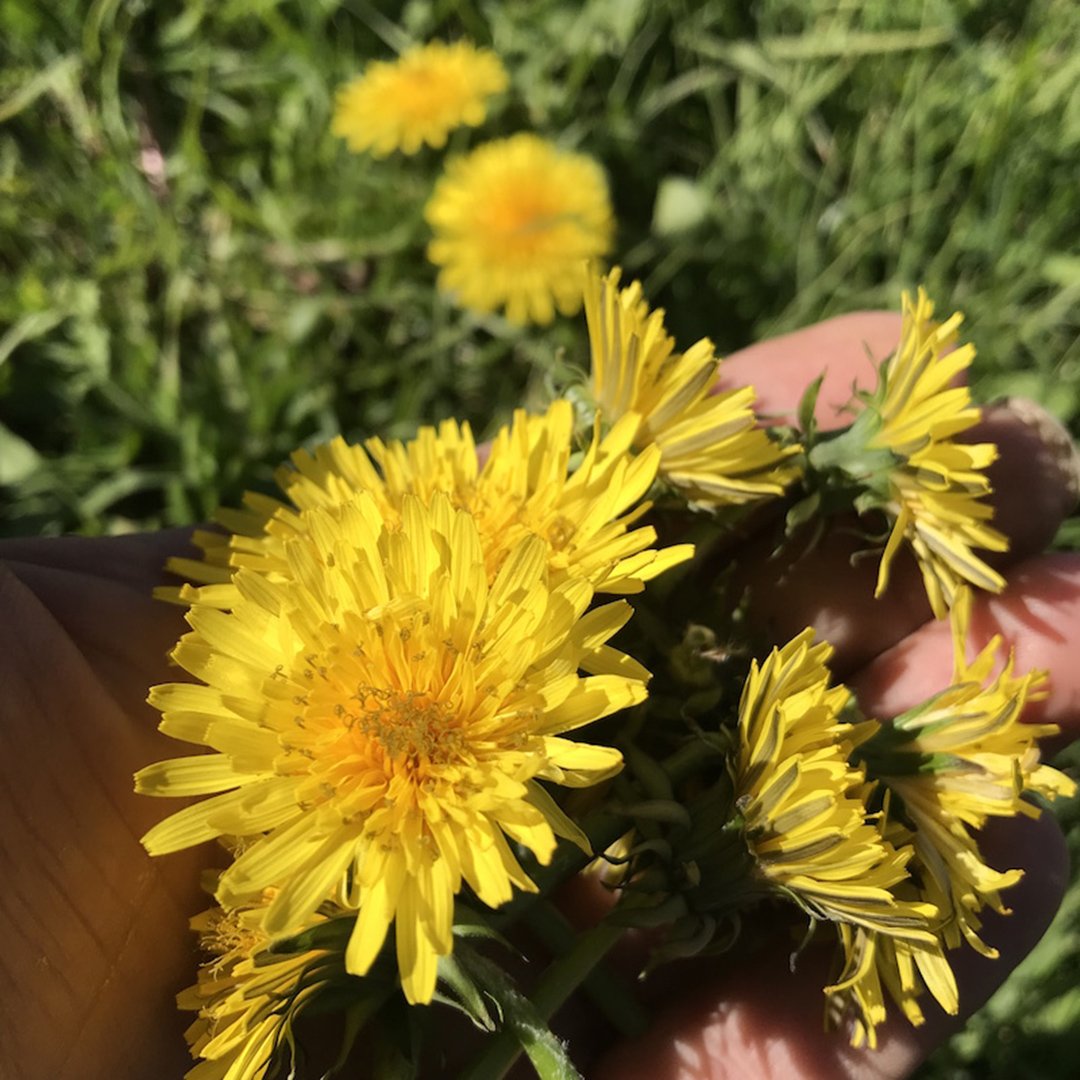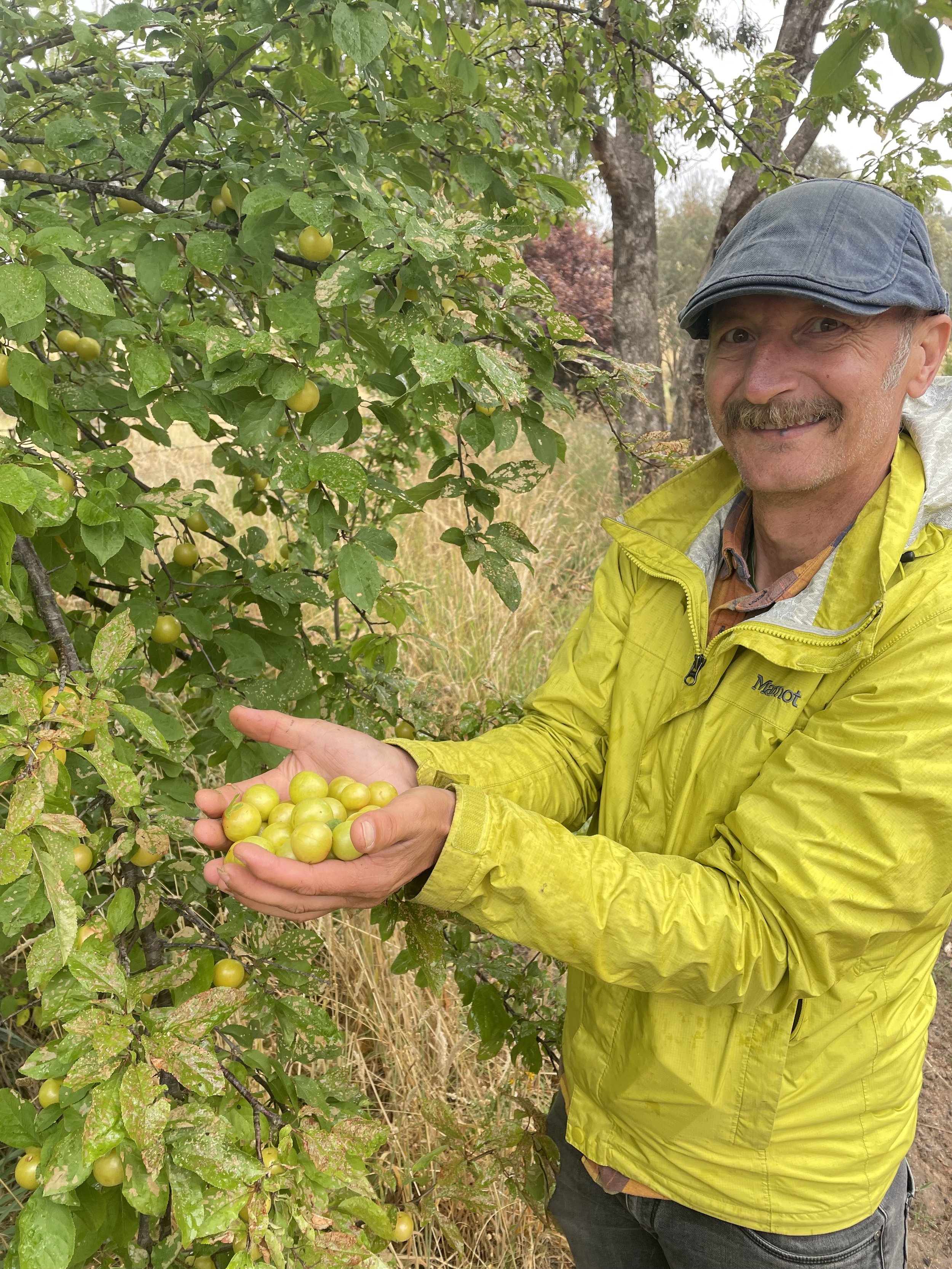Wild food foraging: who does it and why
This interview has been published on Bored Panda, the online trendsetter/follower that features anything and everything. Lucky me, Liucija Adomaite and Indrė Lukošiūtė allowed my words to shine. Thank you for the plug girls!
The practice of collecting wild edible plants and mushrooms has been around for centuries, with people in many parts of the world relying on them for sustenance.
But foraging is back in fashion with more and more people opting for sustainable food sources and ways to connect with nature. From forests and meadows to suburban yards and urban parks, with the right knowledge and skills, foraging can be done virtually anywhere.
Ps! After you are done with this post, make sure to check out the previous article with more incredible foraged goods.
To find out more about the art of foraging which is having a Renaissance of popularity right now, Bored Panda reached out to foraging expert Diego Bonetto.
Bonetto is an Italian native who has lived in Australia since the mid-1990s, who spends his time guiding novices, chefs, and other professionals through the parks and outskirts of Sydney looking for hidden-in-plain-sight ingredients. He is also a renowned author of a best-selling book “Eat Weeds, a field guide to foraging: how to identify, harvest and use wild plants,” which shows people how to engage with wild food sources, transforming your neighborhood into an edible adventure.
“From forest to the seaside, riverbank to city street – even your own yard – there is wild food and medicine available to those who know where to look. In the face of global challenges such as climate change, food insecurity and pandemics, we seek to empower ourselves with the information and skills that enable self-reliance and equip us to care for our families and communities,” Bonetto’s book explains, so if you’re interested, be sure to check it out!
When asked what are the reasons for foraging gaining popularity lately, Bonetto said that we are living in a time of great change and questioning. “People come to my workshops to learn about foraging for different reasons. Young families because they want their kids to have experiences outside and connect with nature,” he explained.
Meanwhile, “old migrants come to validate their knowledge because up until recently they were perhaps made fun of for harvesting wild food in parks or from the roadside. Their skills were not deemed cool or relevant before hipsters made it so.”
So it seems that every group of interested people has their own reasons for getting interested in foraging. “Journalists are interested in the story because it is an empowering one,” Bonetto continued. “It's applicable everywhere and reaches all kinds of audiences. It is also apolitical and a positive news story.”
“Gardeners come because they are familiar with the plants and want to find a way to use them. It is a similar reason for farmers, many are now seeking alternative ways to revitalize the land after overuse.”
While “survivalists have always been interested in learning how to utilize wild food and medicine and there is now certainly a growing number of people interested in self-sufficiency.”
Lastly, “chefs and bar people are interested in wild produce,” Bonetto said and added that they love the possibility of bringing new ingredients to the table, ones with unique stories and flavors.
We also asked Bonetto if there are potential dangers to foraging for those who have no knowledge or skills, and he confirmed that it’s indeed the case. “It is very important to know what you are doing, and what you are looking at before harvesting wild food and medicines. Please use common sense, and learn from experienced foragers before going out on your own.”
The best way to begin is to learn a few plants at a time and then build on your knowledge base, Bonetto suggests.
“I encourage new foragers to progressively increase their plant knowledge which will slowly build their ability to see more and more species in the landscape. You get good at it. Misidentification is a new forager's biggest threat, but also a great teacher.”
There are numerous foraging mistakes beginners make, and here are the most common ones, according to Bonetto. First, it’s misidentification. Second, it’s “collecting wild food from polluted environments. The best place to forage is your own backyard.” And third, it’s important not to fall victim to “harvesting and cooking wild produce en mass without first trying a little, only to find out it is way too bitter/sour/fibrous/chewier than expected.”
Another common mistake people make is “collecting too much when the plant/fruit is abundant but not having a plan for preserving or not calculating the time of processing, so the foraged goods end up going to waste.”
Bonetto’s advice is to learn from your mistakes and be humble. “Foraging is a never-ending and amazing journey of discovery.”










